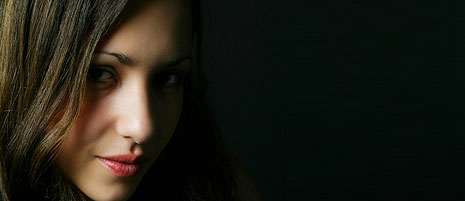Developing Your Photos
Having a good photography lab is as integral to a good photo as the camera or photographer. The process of film developing is totally determined by the negative itself, and the length of time you allow the image to burn upon your photographic paper in the lab.
You can find photography labs just about anywhere. There are photography labs in your local pharmacy, as well as art galleries. Many retail places that have photography labs in their store will also sell frames, or offer to do your framing for you. If you're having your film developed for you, check out the quality of the lab and the prices they offer. Prices may vary, but if the lab is more expensive, it may be an indication that you're going to be getting some amazing prints back.
If you prefer developing your own film, you'll need a variety of chemicals that are used in different stages of the developing process. These chemicals act as a catalyst for the images to be transferred onto the photographic paper. The chemicals include developer, stop bath, fixer, clearing agent, and wetting agent. Developed helps bring out the image. Stop bath stops of the action of the developer once the image has been transferred correctly. Fixer sets the image permanently on the paper, and clearing agent dissolves any remaining light sensitive particles that may remain on the film. The wetting agent is a chemical that is added to rinse water and allows the photographic paper to be hung to dry without spotting.
Photographic paper is specialized paper that is coated with an emulsion. Emulsions are simply chemicals used to coat the paper for an easy transfer of an image from the negative to the paper. Emulsions are typically made from silver and a combination of bromide, chloride or iodide.
An image is finally printed simply through exposure time. In other words, light is shined through the negative and projected upon the paper for a specified amount of time. The amount of time determines the darkness or lightness of the photo.
Dark rooms, or photography labs, are called as such because they are completely void of all light. Typically, in a dark room, a red light that will not harm the photos is slightly visible so you can see you work. But any other light in your lab or dark room will penetrate your image, and your photo will be rendered useless.
You will need certain equipment in your darkroom to be assured that you're following correct protocol in obtaining a good image. You will need at least 3 pairs of tongs for use in the baths, at least 3 tubs or trays for the washes, a timer, your safe light (the red light), filters for the enlarger, and an enlarger. An enlarger is a device with light it in. The negative of your film is placed inside, and light shines through for a set amount of time. The image from the negative is transferred onto the photo paper - giving you your picture.

